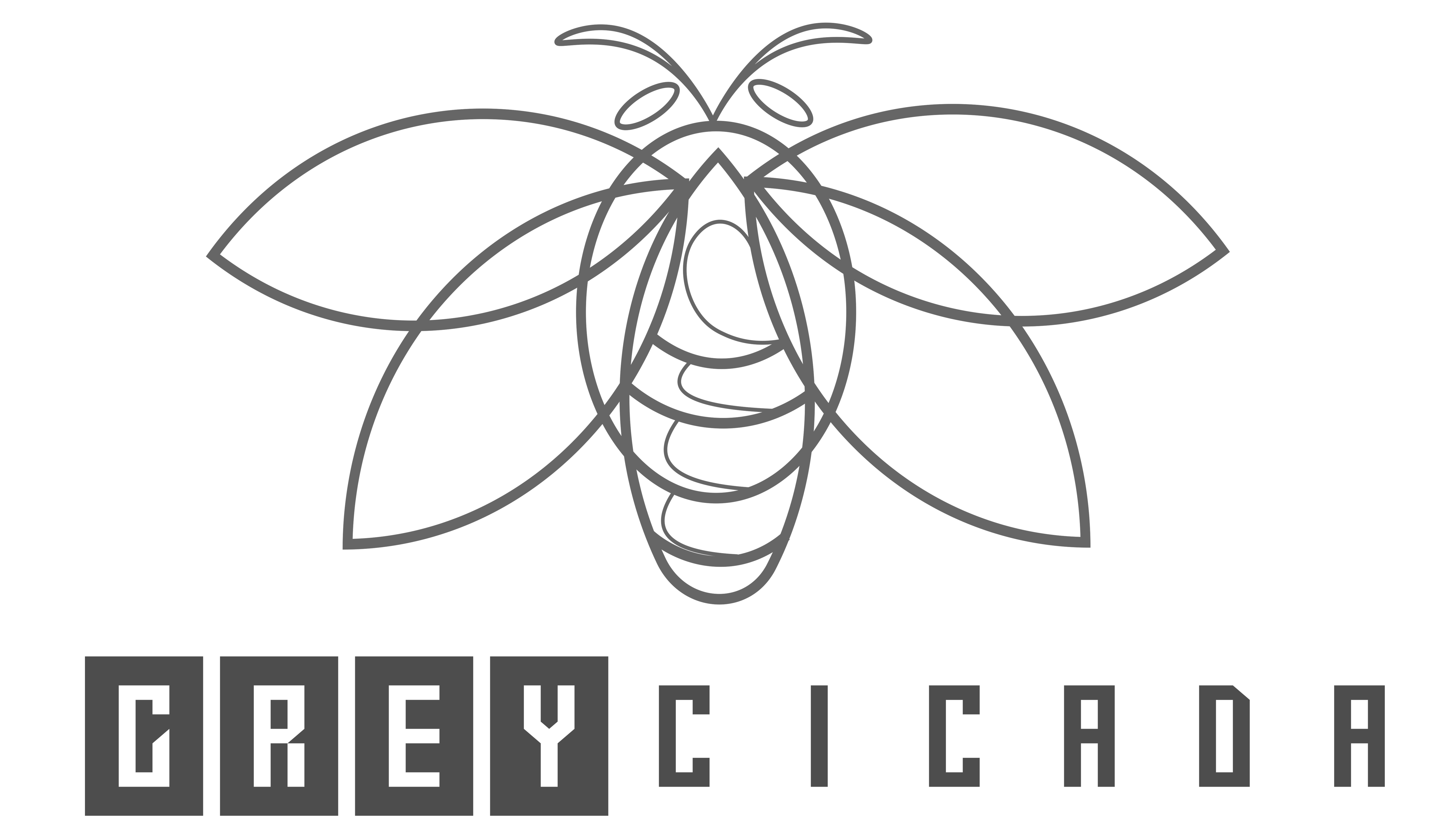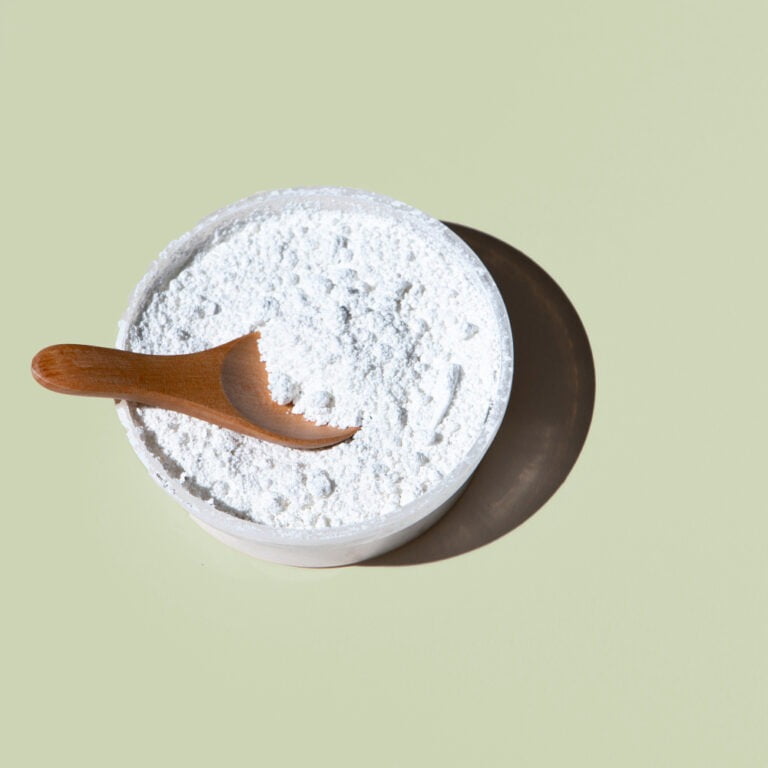FREE SHIPPING OVER $50
Sick of Chronic Migraines? These 6 Yoga Moves + Breathwork Could Be Your Natural Relief

If you’ve ever dealt with a migraine, you know it’s far more than just a bad headache; it’s a debilitating neurological event that can steal days—or weeks—of your life. You’ve likely searched for a solution everywhere, from prescription medication and specialized supplements to radical diet changes, often with frustratingly inconsistent results. When you’re sick of chronic migraines, it’s easy to feel hopeless, but the key to finding consistent, natural relief might lie in a centuries-old practice: yoga combined with targeted breathwork.
While yoga might seem too gentle for such a severe neurological condition, modern health research increasingly supports its profound effects on the nervous system. Migraines are often triggered or worsened by chronic stress, tension in the neck and shoulders, and an overactive “fight-or-flight” response. By integrating specific yoga moves with focused breathing, you can actively calm your central nervous system, release muscular tension, and reduce the frequency and intensity of those painful episodes. Let’s explore the 6 yoga moves and the essential breathwork that can change your migraine narrative.
The Migraine-Nervous System Connection
To understand why yoga works, you must first recognize the physiological cause of a migraine. It’s not just pain; it’s a state of neurological hypersensitivity often driven by an imbalance in the autonomic nervous system (ANS).
The ANS has two sides: the sympathetic (“fight-or-flight” stress response) and the parasympathetic (“rest-and-digest” calm response). When you are chronically stressed, the sympathetic system is dominant, leading to constricted blood vessels, heightened pain sensitivity, and tension in the neck and jaw—all perfect triggers for a migraine.
Yoga moves and breathwork are powerful tools because they intentionally activate the parasympathetic nervous system, counteracting the stress response. They encourage vasodilation (widening of blood vessels) and release tension in the muscles surrounding the head and spine. This shift provides the natural relief that pharmaceutical solutions often miss.
The 6 Yoga Moves for Migraine Relief
These yoga moves focus on opening the chest, relaxing the shoulders, lengthening the spine, and calming the central nervous system. Always move gently and slowly, especially if you currently have a headache.
1. Cat-Cow Pose (Marjaryasana-Bitilasana)
- Action: This gentle, rhythmic movement warms the spine and encourages blood flow. The focus is on spinal flexibility and coordinated breathing.
- Relief Benefit: Releases tension held in the neck and shoulders, which often radiate into the head and become migraine triggers. The rhythmic nature calms the mind.
- Technique: Start on your hands and knees. On an exhale, round your back (Cat), tucking your chin and tailbone. On an inhale, arch your back (Cow), dropping your belly and lifting your gaze. Repeat slowly 10 times.
2. Supported Bridge Pose (Setu Bandhasana)
- Action: A mild inversion that gently opens the chest and throat, while calming the nervous system. The support is key to ensuring relaxation, not strain.
- Relief Benefit: Improves circulation to the brain and reduces congestion. By elevating the hips, you encourage blood flow and relieve tension across the shoulders and upper back.
- Technique: Lie on your back with knees bent. Pressing into your feet, lift your hips and slide a firm pillow or yoga block underneath your tailbone. Rest your weight fully on the support for 3 to 5 minutes.
3. Child’s Pose (Balasana)
- Action: The ultimate restorative pose. It provides a feeling of grounded safety, quietens the sensory input, and stretches the hips, thighs, and back.
- Relief Benefit: Highly effective for calming the sympathetic nervous system. When your head rests on the ground, it acts as a very mild inversion, reducing throbbing pain and anxiety.
- Technique: Kneel on the floor. Widen your knees slightly, bring your big toes to touch, and fold forward, resting your forehead on the mat (or on a yoga block if your head doesn’t reach). Extend your arms or rest them by your sides. Hold for 3 to 5 minutes.
4. Head-to-Knee Forward Bend (Janu Sirsasana)
- Action: A gentle forward fold that stretches the hamstrings, back, and neck. It’s calming because it directs energy inward.
- Relief Benefit: Relieves tightness in the hamstrings and lower back that often pulls on the spinal column, which in turn can contribute to neck tension and headaches.
- Technique: Sit on the floor with one leg extended. Bend the other knee and place the sole of that foot against your inner thigh. Gently fold forward over the extended leg, keeping the movement from the hips. Use a strap or rest your head on a pillow. Hold each side for 1 to 2 minutes.
5. Legs-Up-the-Wall Pose (Viparita Karani)
- Action: This is a classic restorative inversion that helps reduce fluid retention and gently shifts the parasympathetic nervous system into dominance.
- Relief Benefit: Reduces stress and anxiety, which are major migraine triggers. The passive nature of the pose signals to the body that it is safe to rest and repair. It’s fantastic for unwinding after a stressful day.
- Technique: Sit sideways near a wall. Swing your legs up the wall while lying on your back. Rest your arms by your sides. Stay here for 5 to 10 minutes.
6. Corpse Pose (Savasana)
- Action: The most important pose in yoga. This is the final integration of the practice, where the body learns to relax completely.
- Relief Benefit: Teaches the body how to release deeply held tension and completely surrender to the moment. This is essential for lowering chronic stress and establishing a baseline of calm.
- Technique: Lie flat on your back, arms slightly away from the body, palms up, legs extended. Close your eyes and consciously relax every muscle group from your toes to your scalp. Remain still for 5 to 10 minutes.
The Non-Negotiable Component: Breathwork (Pranayama)
The yoga moves release physical tension, but the breathwork is what truly shifts your nervous system chemistry, making it the non-negotiable component for natural relief from chronic migraines.
Nadi Shodhana (Alternate Nostril Breathing)
This is the gold standard for balancing the nervous system. It clears energy channels, regulates heart rate variability, and promotes profound calmness. Scientists have observed its direct effect on reducing anxiety and preparing the mind for deep sleep.
- The Technique: Sit comfortably. Close your right nostril with your thumb and inhale slowly through the left. Close the left nostril with your ring finger, release the thumb, and exhale slowly through the right. Inhale through the right. Close the right, release the left, and exhale through the left. That completes one cycle.
- Practice: Perform 5 to 10 minutes daily, aiming for long, slow breaths. This practice is incredibly powerful for reducing the stress that triggers migraines.
Diaphragmatic Breathing (Belly Breathing)
Shallow, chest breathing perpetuates the stress response. Deep, diaphragmatic breathing activates the vagus nerve, which runs from the brainstem to the abdomen and is the superhighway of the parasympathetic system.
- The Technique: Lie on your back, placing one hand on your chest and the other on your belly. Inhale deeply through your nose, expanding your belly (the hand on your belly should rise, the hand on your chest should stay relatively still). Exhale slowly through your mouth.
- Practice: Perform 10 slow, deep breaths several times throughout the day, especially when you feel stress or tension building. This is your immediate migraine prevention hack.
Integrating Yoga for Longevity and Relief
Consistency is the secret weapon against chronic migraines. A quick, targeted 15-minute daily practice is far more effective than an hour-long session once a week.
When to Practice
- Daily Prevention: Start and end your day with 5 minutes of breathwork (Nadi Shodhana) and 5 minutes of restorative poses (Child’s Pose or Legs-Up-the-Wall).
- During a Prodrome: If you feel the early signs of a migraine (the prodrome phase), immediately stop what you are doing and spend 15 minutes moving through the 6 yoga moves, focusing heavily on long, deep exhales.
- Stress Relief: Use the Cat-Cow and Diaphragmatic Breathing whenever you feel tension building from work or life stress. This preventative measure actively reduces the neurological load.
Conclusion
If you are truly sick of chronic migraines, it’s time to incorporate a strategy that works at the deepest neurological level. These 6 yoga moves combined with essential breathwork are not a magic cure, but a powerful, science-backed approach to achieving natural relief.
By strengthening your back, releasing tension, and consistently activating your parasympathetic nervous system through poses like Supported Bridge and practices like Nadi Shodhana, you diminish the core triggers that fuel chronic migraines. Commit to this simple, at-home protocol, and you may find that the debilitating headaches become fewer, shorter, and less painful, giving you back control over your health and your life.
Related Articles
- Want to Look and Feel 17 Years Younger? These 15 Anti-Aging Hacks Are Backed by Science
- The Anti-Aging Habit Hidden in a Remote Village—Doctors Say It Rewinds Your Biological Clock
- Fitness Over 45? These 5 ‘Healthy’ Habits Are Secretly Sabotaging Your Muscle Gains
- Doctors Say Slow Walkers Age Faster—Follow These Exercises to Add Years to Your Life
- Doctors Are Stunned: These 15 Mobility Tricks Have Seniors Moving Like They’re 30 Again



